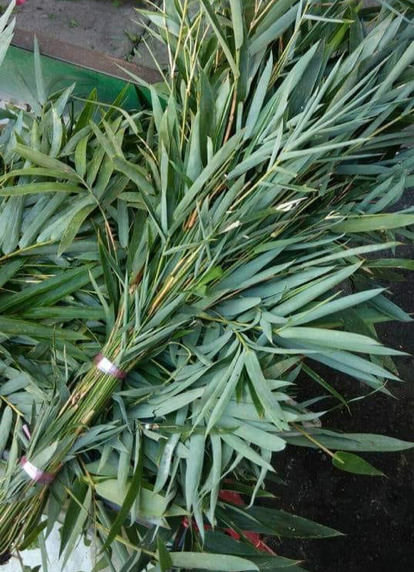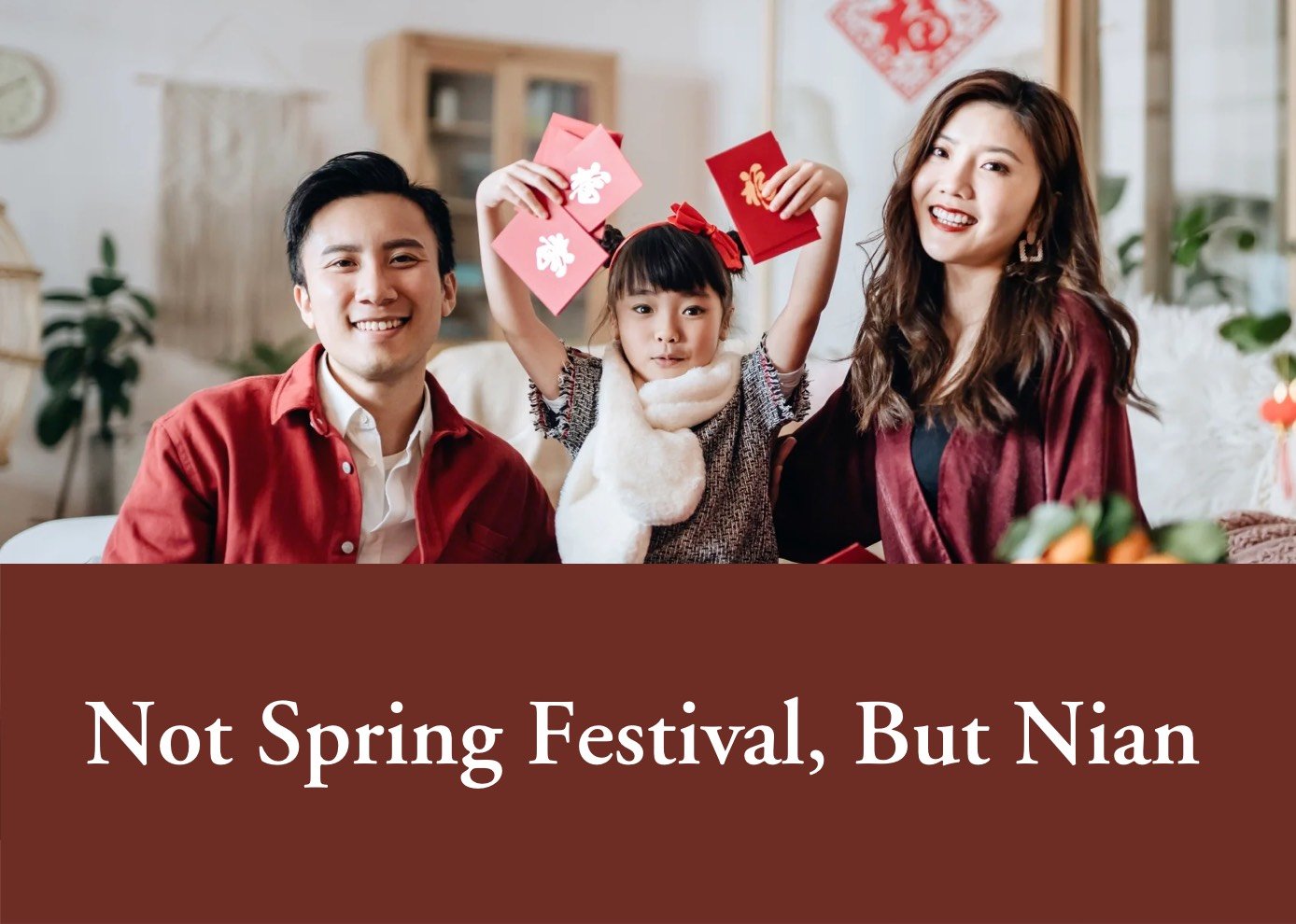Not Spring Festival, But Nian
Most Chinese in Malaysia came from the south of China, mainly during the period from the nineteenth century to the middle of the twentieth century. Chinese migrated south together with their culture, so the folk customs of celebrating Nian and festivals were also introduced to the south. The lunar calendar New Year has always been the greatest folk festival in Chinese communities.
Though January the first has been officially recognized ever since the Republic of China that is the new year, the Chinese communities in Malaysia had come into shape before the late Qing Dynasty, who widely celebrated their own lunar calendar New Year in spite of the fact that the English colonial administration recognized the new year in western calendar. Therefore, even after series of changes following the Xinhai Revolution 辛亥革命of 1911, including the independence of Malaysia from British colonial governance, Chinese still followed the lunar calendar to celebrate Nian, 年, the New Year, most observance activities also inherited from their hometowns and passed down from generation to generation.
The atmosphere of celebrating the New Year among the Chinese in Malaysia started to brew from the beginning of the last month when the smell of the preserved meat diffused in the north wind. Afterwards, the sweet tangerines imported from the south of China over sea gradually became available in market not only in supermarkets and fruit stands, but also in some sheds temporarily built specially to sell the stuff for observance of Nian like the Niangan 年柑, tangerine for Nian. These tangerines mainly consisted of Jiaogan 蕉柑 from Chaoshan潮汕 area. Ever since the 21st century till today, the market of Niangan, New Year tangerines, have become diversified. With the New Year tangerins from various places in Fujian and Guangdong entering the market, Jiaogan from Chaoshan areas are not solely-occupying the market any more.


According to the customs passed down from the older generations, the bustling for Nian celebration started from the housewives steaming Niangao, a type of sticky rice cake, on the twenty-third of the twelfth month before Jizhao 祭灶, the kitchen god worshiping. Malaysian Niangao features the special-made small vine bowls (later replaced with aluminum empty cans of similar sizes) as the container, lined with banana leaves that produce a special aroma when heated hot by the fire. Grounded glutenous rice pulp was added in, then the bowls were put in the steamers layer after layer before dawn, with two coins cast at the bottom and clear water added and covered on top, then they were steamed with wood fire. It was carried on in dark because there were too many taboos as per the folk customs, such as people in mourning clothes and kids with big mouth speaking rashly without hesitation were all banned around the place. The steaming was done before the dawn so when the kids woke up, the cake was almost ready and the kids could only hear the coins clamping around with the boiled water at the bottom of the steamer.
 The bamboo leaf brush, considered to have the function of removing bad luck in the big cleaning
The bamboo leaf brush, considered to have the function of removing bad luck in the big cleaning(Penang City Eye)
Nianbing, as a must for Malaysian Chinese, mainly originated from the local Malaysian communities, were accepted by the local Chinese families and then developed into various types of cakes prepared by all Malaysian Chinese families during Nian celebration period depending on family tastes, such as Kuih Kapit佳必糕, Kuih bangkit萬吉糕, also called Panpo Cake番婆餅.
The reunion dinner at New Year Eve varies slightly with the places that people come from. Hoklo people have Nianyefan年夜飯, the reunion dinner with all family sitting together around the table in New Year Eve night, while some families with origins from Guangdong observe the practice of gather together at the New Year Day noon. The visiting between relatives and friends and the married daughters go back their parents’ home to visit on New Year Day still carry on as past. Chaoshan dialect-speaking population used to bring two Niangan with them when visiting relatives and friends, while the hosts take them and also gift back two Niangan following the customs, which exchange of the tangerines symbolizes the wish of sweetness throughout the whole year. This practice has popularized widely so that many people from other places than Chaoshan areas follow suit as well, which is an example of the interactive influence of different hometown cultures since the Malaysian Chinese live together regardless of their origin birth places.
Besides, there were rituals of group meeting in the imperial courts in the past, which have been observed for long by the Malaysian Chinese as well. Those who hold New Year group meeting are mostly social societies and political parties, joined by the members, party members as well as the local citizens, sometimes with the local and national political leaders invited. Activities include cultural performances like singing, dancing, banquets and buffets, and Lo Sahng 撈生, a practice of all diners around the table picking up the dishes and tossing the ingredients with chopsticks while saying auspicious wishes, as a highlight of the celebration developed in recent years.

(Penang City Eye)

(Penang City Eye)
All articles/videos are prohibited from reproducing without the permission of the copyright holder.




Welcome to leave a message:
Please Sign In/Sign Up as a member and leave a message